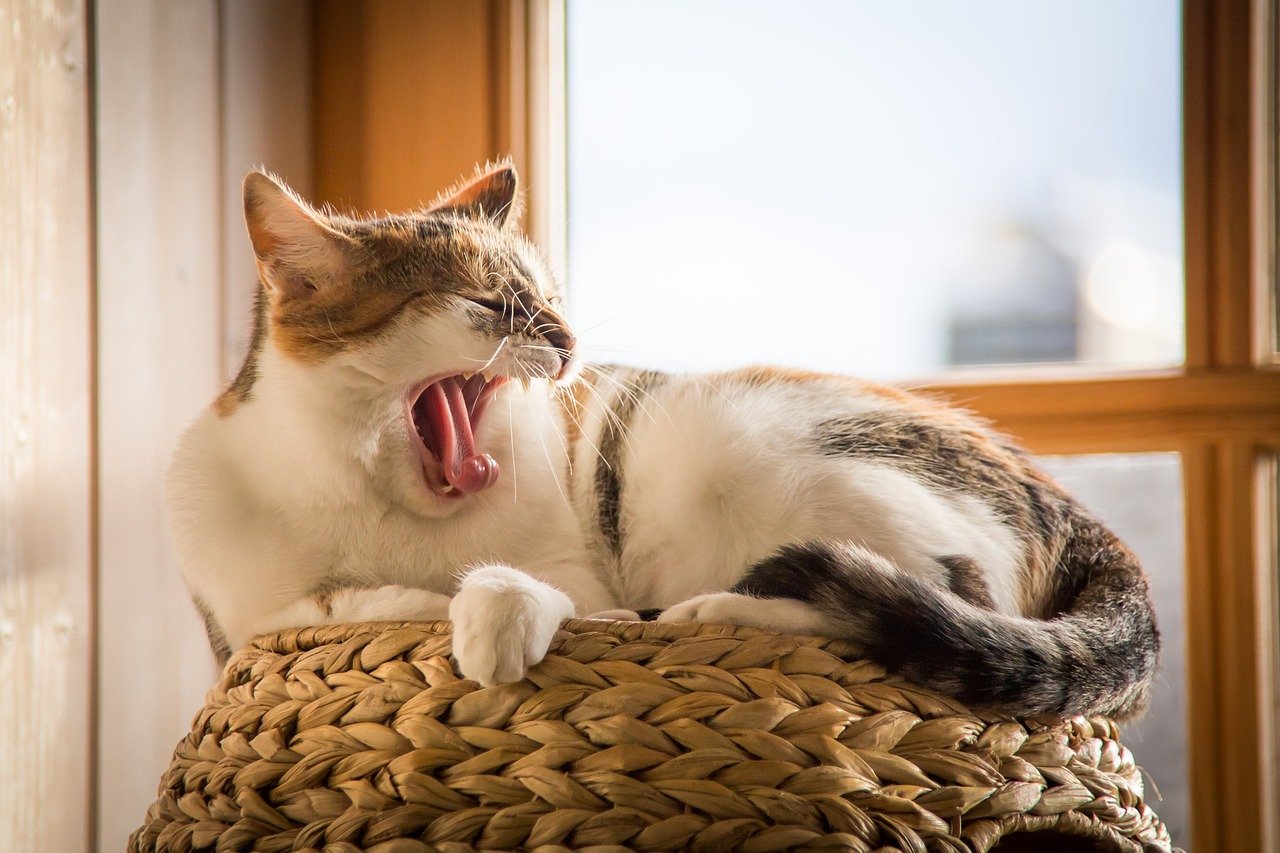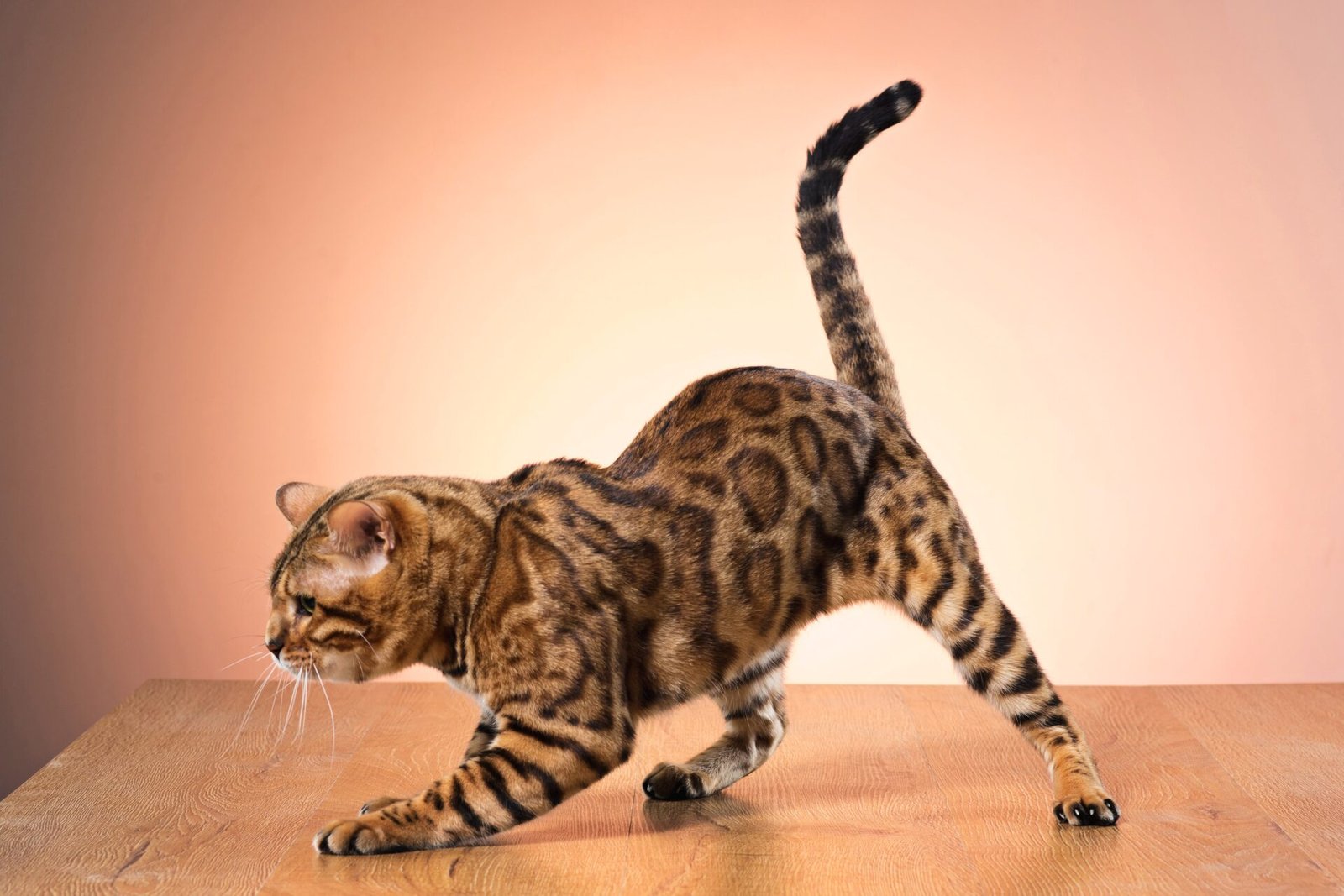Naked or fluffy. Either lengthy or brief. Straight or crooked? Grey or white. Speckled or solid? There are a lot of things about your cat’s tail that they cannot control.
Here is the question of how cat tails work cat tail anatomy and whether cat tails have feelings, how do cats communicate with their tail? Let’s dive deep into the article for further information.
Cat Tail Anatomy
Your cat’s tail is part of the spinal column, the spinal column consists of five regions of vertebrae
- Cervical
- Thoracic
- Lumbar
- Sacral
- Caudal
A typical cat tail contains between 18 and 23 caudal vertebrae that gradually decrease in size from the base to the tip. And because the average cat has a total of 230 bones, this means roughly 10 percent of your kitty’s bones are found in their tail.
Voluntary Movement
While cats have voluntary control over their tails, some reflex actions can cause their tails to move involuntarily, such as when they are startled or trying to maintain balance.
Most cat tail movement is voluntary, which makes sense when you consider their purpose. Cats use their tails to balance, both when walking on narrow footing and when hunting prey.
As with human physiology, all the action begins in the brain, with your cat determining what the tail should do. Nerves then act like cables, delivering the command via electrical signals from the brain to the muscles that manipulate your cat’s tail.
Involuntary Movement
Deep sleep: Have you caught your cat twitching and contorting mid-slumber? Similar to humans, it’s thought that cats can have vivid dreams during the REM (rapid eye movement) stage of sleep, which can result in some unconscious movements.
Reflex: Surprise! Just like our limbs can involuntarily move in response to a stimulus (your head jerking backward when startled, for example), a cat’s tail may move due to an involuntary reflex.
Injury: Any injury that interferes with the normal function of your cat’s tail can result in unintentional movements. Keep in mind that the trauma doesn’t have to originate in the tail for it to be affected.
Do Cats Have Feeling in Their Tails?
Your cat does feel, believe me. If you’ve ever unintentionally trodden on its tail and then spent the next few hours pleading for forgiveness, you know how awful it is.
Moon claims that they are extremely sensitive, which could account for some cats’ aversion to having their tails touched. Cat tails have more than just motor nerves, which explains this. Additionally, they possess sensory nerves that provide signals that facilitate your cat’s perception of touch.
Thus, take care where you walk to avoid pinching any tails!
Do Cats Control Their Tails?
The movement of the cat’s tail is an important part of the cat’s expression and the balance of the body. Healthy cats with normal physiology and anatomy control their whole tail from base to tip.
Cats can express their feeling by the movement of their tail, non-verbally. But this is the fact cats that lose their tail in any accident or by any injury do fine without a tail (they have proper feelings, without any abnormal behavior).
Cats’ control of their tail is voluntary and involuntary. If you come home late and your cat starts to shake their tail quickly, it means that this is a sign of happiness, and they shake their tail when they are happy or surprised.
How Do Cats Control Their Tails?
Cat tails can seem somewhat mysterious. (After all, we can’t exactly draw from personal experience.) However, under all of that fluff, you’ll find a system that isn’t all that dissimilar to what gives our own appendages form and function.
Cats control their tail by various voluntary and involuntary movements.
How does a cat’s tail keep them warm?
The cats with fluffy tails are perfectly built for the freezing weather, so these cats are easily warmed by their tails. Many cats breed such as Maine coon, Siamese and Persia cats use their tail to keep them warm by wrapping them to their face and ear while sleeping.
You may see your cat curled up and make them like a ball when they’re feeling cool.
Why do cats wag their tails while lying down?
It usually indicates that she’s becoming a bit too excited. After you’ve been petting her, she could wag her tail a little if she’s lying down or even just sitting quietly.
She may be asking for some space from you since she is wagging her tail to indicate that she is a little irritated or overstimulated.
Why do cats attack their tails?
One possibility is that the cat is experiencing discomfort or pain in its tail, leading it to react defensively. Another reason could be that the cat is exhibiting a form of redirected aggression, where it is unable to direct its aggression toward the actual source and ends up attacking its tail instead.
Do cat’s tails fall off?
A cat’s tail can fall off, but it is rare. If it does happen, it is likely due to injury or illness. If your cat’s tail falls off, you should get them in to see a vet as soon as possible for treatment to ensure the condition that led to the tail falling off doesn’t get worse.
Conclusion
Cat’s tails help them in the balance of their body and in hunting prey. Mostly, cats communicate with humans non-verbally. A cat’s tail consists of different vertebrae and is flexible, by which cats show different movements.







